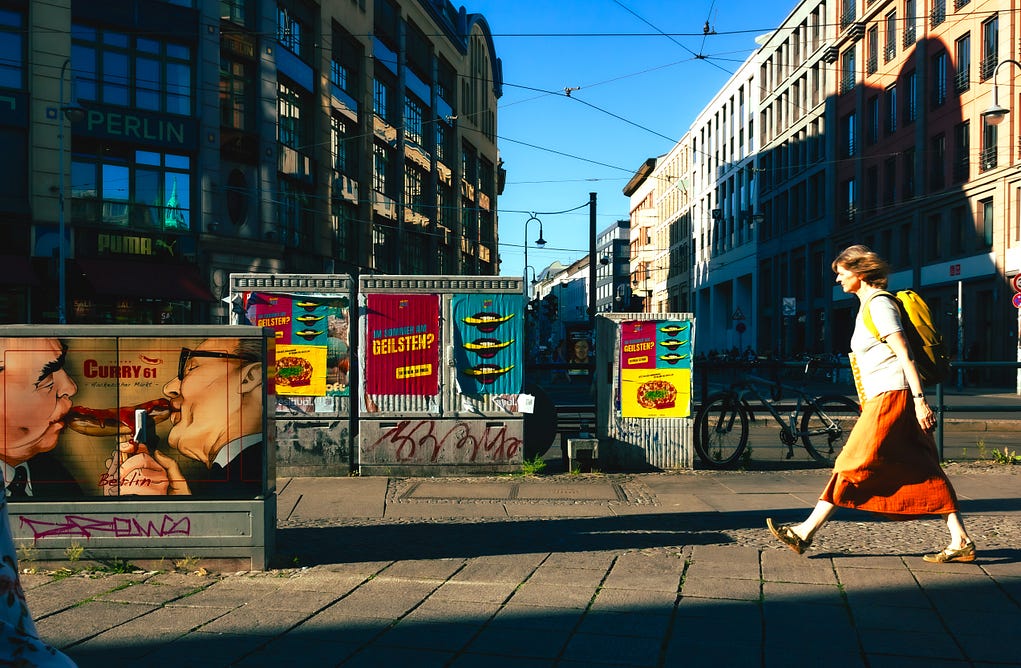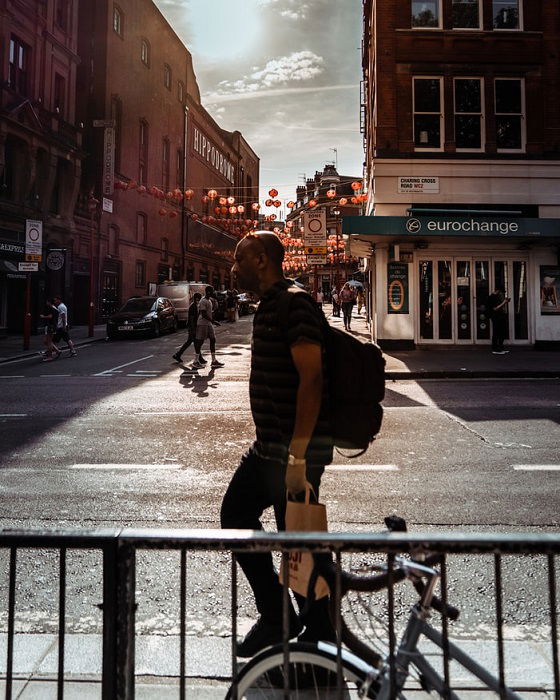Unknown Facts About Street Photographers
Table of ContentsA Biased View of Street PhotographersSome Of Street PhotographersStreet Photographers Fundamentals Explained8 Simple Techniques For Street PhotographersThe 6-Minute Rule for Street Photographers
Road digital photographers do not necessarily have a social objective in mind, but they like to separate and capture moments which could otherwise go undetected.Though he was affected by a lot of those who influenced the road professional photographers of the 1950s and '60s, he was not mainly curious about recording the spirit of the street. The impulse to aesthetically record individuals in public began with 19th-century painters such as Edgar Degas, douard Manet, and Henri de Toulouse-Lautrec, who worked side by side with digital photographers attempting to catch the significance of urban life.
Because of the relatively primitive innovation available to him and the long exposure time required, he had a hard time to catch the pressure of the Paris roads. He trying out a series of photographic methods, trying to find one that would allow him to capture activity without a blur, and he discovered some success with the calotype, patented in 1841 by William Henry Fox Talbot. While the digital photographers' topic was essentially the same, the results were considerably different, showing the effect of the professional photographer's intent on the personality of the images he generated.
The smart Trick of Street Photographers That Nobody is Discussing
Given the fine top quality of his photographs and the breadth of product, designers and musicians often purchased Atget's prints to make use of as recommendation for their very own job, though commercial interests were barely his major inspiration. Instead, he was driven to picture every last remnant of the Paris he liked.

Unlike his peers, Brassa utilized a larger-format Voigtlnder electronic camera with a much longer exposure time, forcing him to be much more computed and thoughtful in his practice than he could have been if utilizing a Leica. (It is assumed that he may not have actually been able to manage a Leica during that time, yet he did, however, utilize one in the late 1950s to take colour photos.) Brassa's photos of the Paris abyss brightened by synthetic light were a revelation, and the compilation of the series that he released, (1933 ), was a significant success.

The 6-Second Trick For Street Photographers
It is as a result of this fundamental understanding of the art of picture taking that he is typically credited with discovering the tool all over again approximately a century since its innovation. He took pictures for greater than a half century and influenced generations of professional photographers to trust their eye and intuition in the moment.
These are the concerns I shall attempt to respond to: And then I'll leave you with my own interpretation of street digital photography. Yes, we do. Let's begin with specifying what an interpretation is: According to it is: "The act of specifying, or of making something certain, distinct, or clear".
No, absolutely not. The term is both restricting and misdirecting. Appears like a street photography need to be images of a roads best?! And all road professional photographers, besides a handful of absolute novices, will completely value that a road is not the essential element to street photography, and really if it's an image of a road with perhaps a couple of monotonous people not doing anything of interest, that's not road photography that's a snapshot of a click over here road.
Fascination About Street Photographers
He makes a valid point do not you assume? Nonetheless, while I agree with him I'm unsure "honest public photography" will certainly capture on (although I do sort of like the term "candid photography") due to the fact that "street photography" has actually been around for a very long time, with several masters' names connected to it, so I think the term is right here to stay.
Inside?! I hear you yell as you shake your hand to the sky. Why not? You can shoot at the beach, at an event, in an alley, in a park, go right here in a piazza, in a cafe, at a gallery or art gallery, in a metro terminal, at an occasion, on a bridge, under a bridge ...
Yes, I'm scared we have no selection! Without policies we can not have a meaning, and without an interpretation we don't have a style, and without a category we do not have anything to define what we do, therefore we are stuck in a "policies definition category" loop! And no-one intends to get embeded a loophole. - Street Photographers
